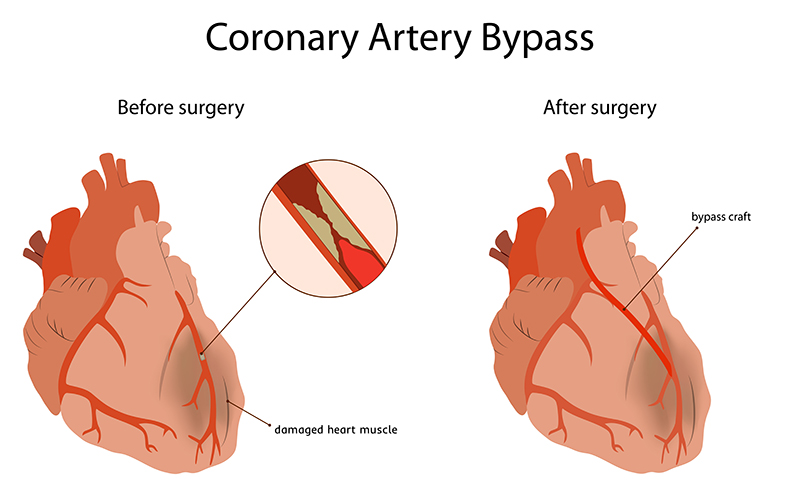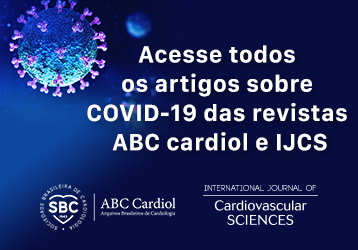Volume 31, Nº 5, Setembro e Outubro 2018
DOI: http://www.dx.doi.org/10.5935/2359-4802.20180055
COMUNICAÇÃO BREVE
The İnfluence of Comorbid Conditions on Graft Stenosis in Patients with Coronary Artery Bypass Graft Operation
Turgut Karabag
Belma Kalayci
Bahar Sahin
Elif Coskun
Mustafa Umut Somuncu
Mustafa Ozan Cakir

Abstract
The primary goal of coronary artery bypass grafting is to achieve complete revascularization with grafts that will remain patent throughout the patient’s lifetime. This study investigated the association between by-pass graft patency and comorbidity burden determined by Charlson comorbidity index (CCI) among patients with previous bypass operation who underwent a control angiography. One-hundred and two patients who had undergone CABG in the past were included to the study. Critical stenosis was defined as 50% or greater coronary luminal obstruction of any coronary vessel or its lateral branch. Patients were divided into 2 groups group 1; critical graft stenosis; (54 pts; 41M, mean age 66.5 ± 7.8 years), group 2; graft patent (48 pts; 31M, mean age; 65.9 ± 8.2 years). Charlson comorbidity index (CCI) and modified CCI scores were used for detecting comorbidities. The comparison of continuous variables between the control and critical CAD groups was performed by the independent sample test. A p value less than 0.05 was considered statistically significant.The two groups were statistically similar with respect to demographic properties, time since bypass operation, cardiovascular risk factors, systolic blood pressure, heart rate, medications used, complete blood counts parameters, and lipid profiles. CCI was significantly higher in Group 1 compared to Group 2 (7.14 ± 2.02 vs 4.72 ± 1.58; p < 0.001). Modified CCI scores were also higher in Group 1 than in Group 2 (6.14 ± 2.02 vs 3.73 ± 1.60; p < 0.001). Graft occlusion was more common among patients with a high comorbidity burden. CCI scoring system may be helpful for determining patients at increased risk at both the preoperative and postoperative periods.
Keywords: Coronary Artery Disease; Myocardial Revascularization; Coronary Stenosis; Comorbidity; Vascular Patency.











